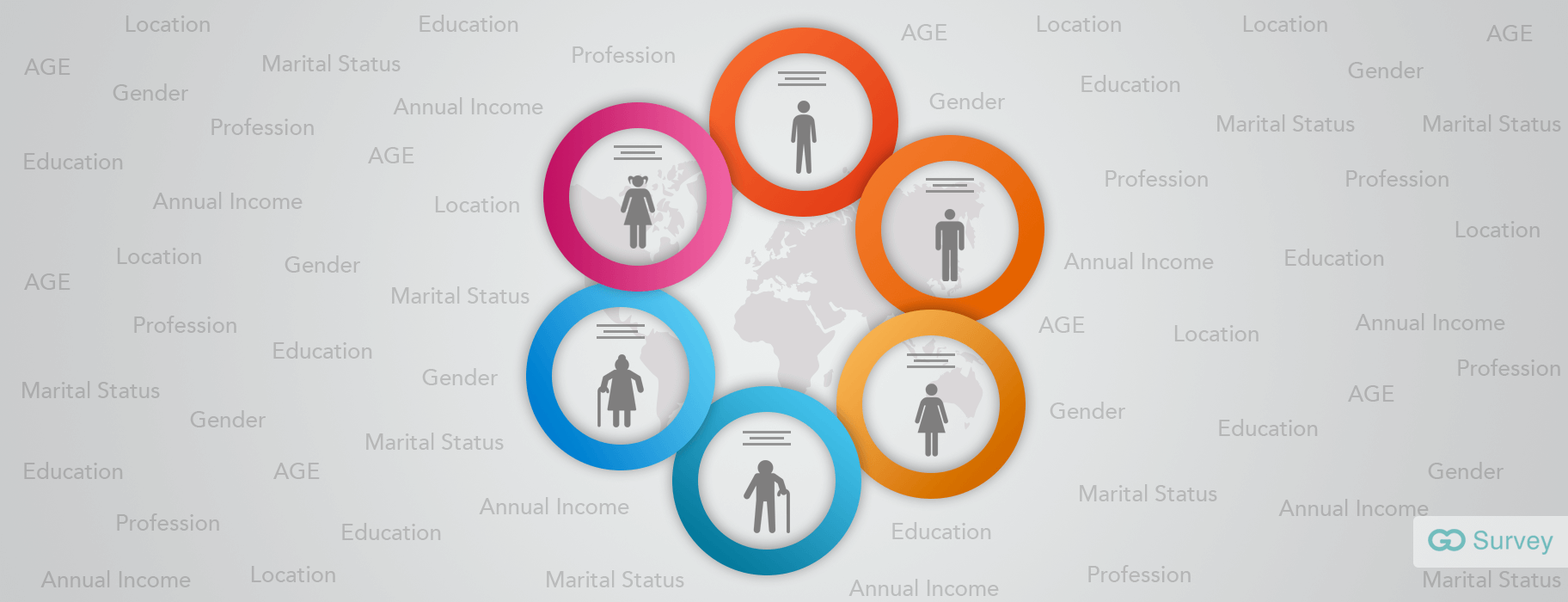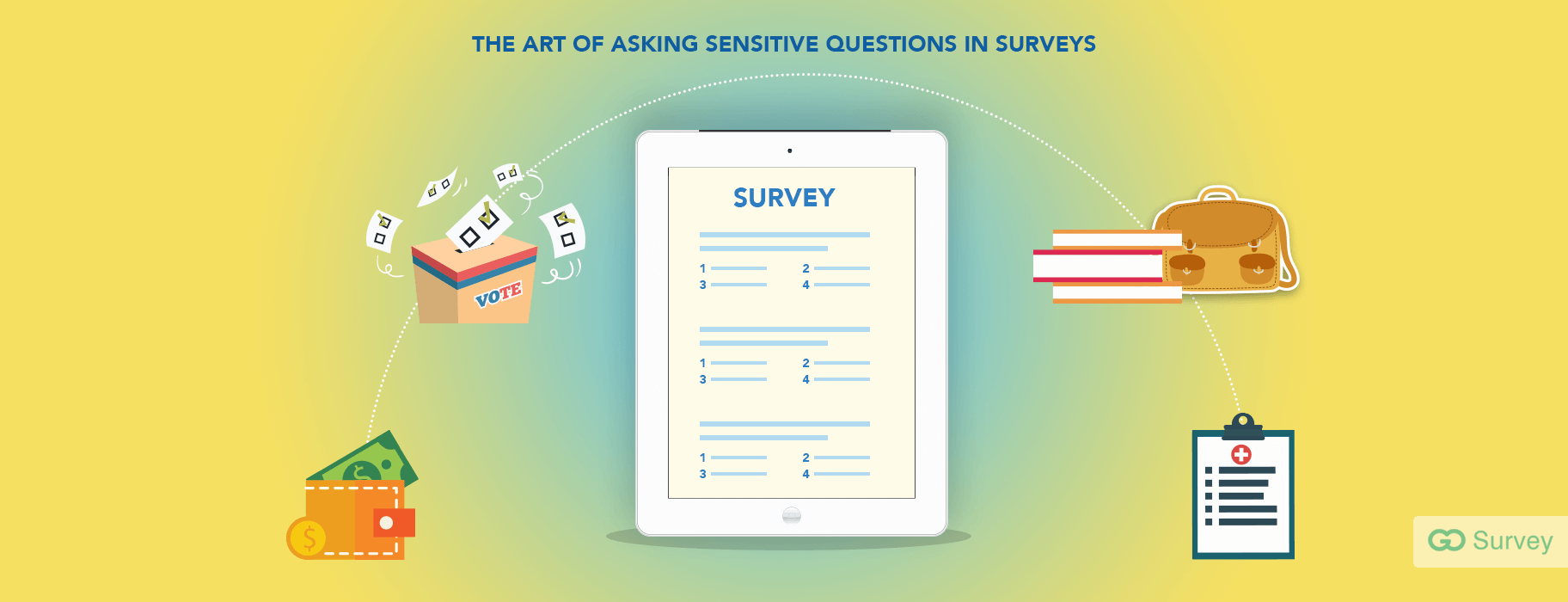How many times have you come across a survey that does not contain a single question about your age, gender or location? The answer is none. Most of the surveys given out to customers will have these questions. They are called demographic questions. Now, why are these questions essential and what value do they bring to the surveyor? Before we answer this, let’s take a deeper insight into demographic questions.
What are Demographic Questions?
The term ‘demographic’ refers to a certain section of people based on their characteristics. ‘Demographic Questions’ help collect data from customers that can be used to differentiate and segment groups. These questions generally find out characteristics like, age, gender, location, occupation, educational background, profession, marital status, annual income, etc. All this data can be used to segment customers and obtain a better understanding of targeted market. Moreover, it also gives an insight into hidden market trends.
Not only do these questions help private companies, but they also play a major role for Government organisations. Its gives them a detailed insight of the population and its growth rate. Based on this, the government take some important decisions. For example, number of schools to be opened in a village can be deducted based on the number of children belonging to that age group. The income of an individual is used to determine the GDP of the country. Similarly, many more insights can be obtained through demographic questions.
Let’s see how different types of demographic questions can give more insights in surveys.
Types of Demographic Questions:
1. Age:
Many surveys will ask customers about their age. This helps in determining what age group is the ideal target audience. If a product is launched for teenagers, it is very unlikely that a retired individual will be able to answer the survey. Similarly, a teenager won’t be ideal to do a survey on retirement plans. Hence, age is a great criterion of segmenting your customer base.
2. Gender:
Many people might think that this question is not very relevant for taking responses. But, men and women have different thought patterns. While men are stick to logic, women have the capability of balancing logic and emotions.
On the other hand, governing organisations use this to calculate the average ratio of men and women in a state, or region. It can also be used to determine responses of a gender specific product. Example, a man can give more appropriate responses for a shaving cream than a woman.
3. Location:
What area or regions have a larger customer base? This will help companies determine location of their customers. Based on this, they can make strategic decisions of targeting areas where they need to advertise more to increase their brand popularity and gets more customers. Similarly, government organisations also get deeper insights of number of voter in an area or region based on location. General population can also be determined from this.
4. Professional Background:
Targeting the wrong industry or segment can incur a huge loss to the company. It is important to understand what professional background your customers belong to. Asking them questions like their job function, organisation type, years of experience, etc will provide a deeper insight into your target market. You can also notice difference in responses from the unemployed customer base compared to the ones who are employed.
5. Educational Background:
What degree do your customers hold? The responses of a graduate person might vary from a high-school dropout. Companies can observe unique trends by segmenting customers based on their education level.
6. Marital Status:
Spending patterns of a single individual will vastly vary from that of a married one. Similarly, a person in a relationship will have a different set of expenses. Knowing marital status of your customers can also bring significant value.
7. Income:
Knowing the income of your customer, clubbed with the number of dependents, will give an insight into the spending power of your customer. Luxury brands target customer with a high spending power. Knowing your customers spending power plays a crucial role in making strategic decision like costing of your product or service. However, this question might seem offensive to many and they might not tend to respond. It is crucial to place these questions in the right format to keep the customers engaged.
Apart from these, adding more demographic questions to surveys bring more value. Example, Family Background, Social Status, etc.
Having seen how demographic questions can give many insights, it is not necessary to use all of them in your surveys. Companies must access the reason behind taking surveys and who they need to survey. Based on these criteria, the required demographic questions should be added.
Need someone to help you create the perfect survey? GoSurvey is your answer.
GoSurvey understand your requirements and creates customised surveys just for you. GoSurvey has catered to multiple organisations across varying industries, helping them segment their target audience and obtain the right data for making strategical decisions.









